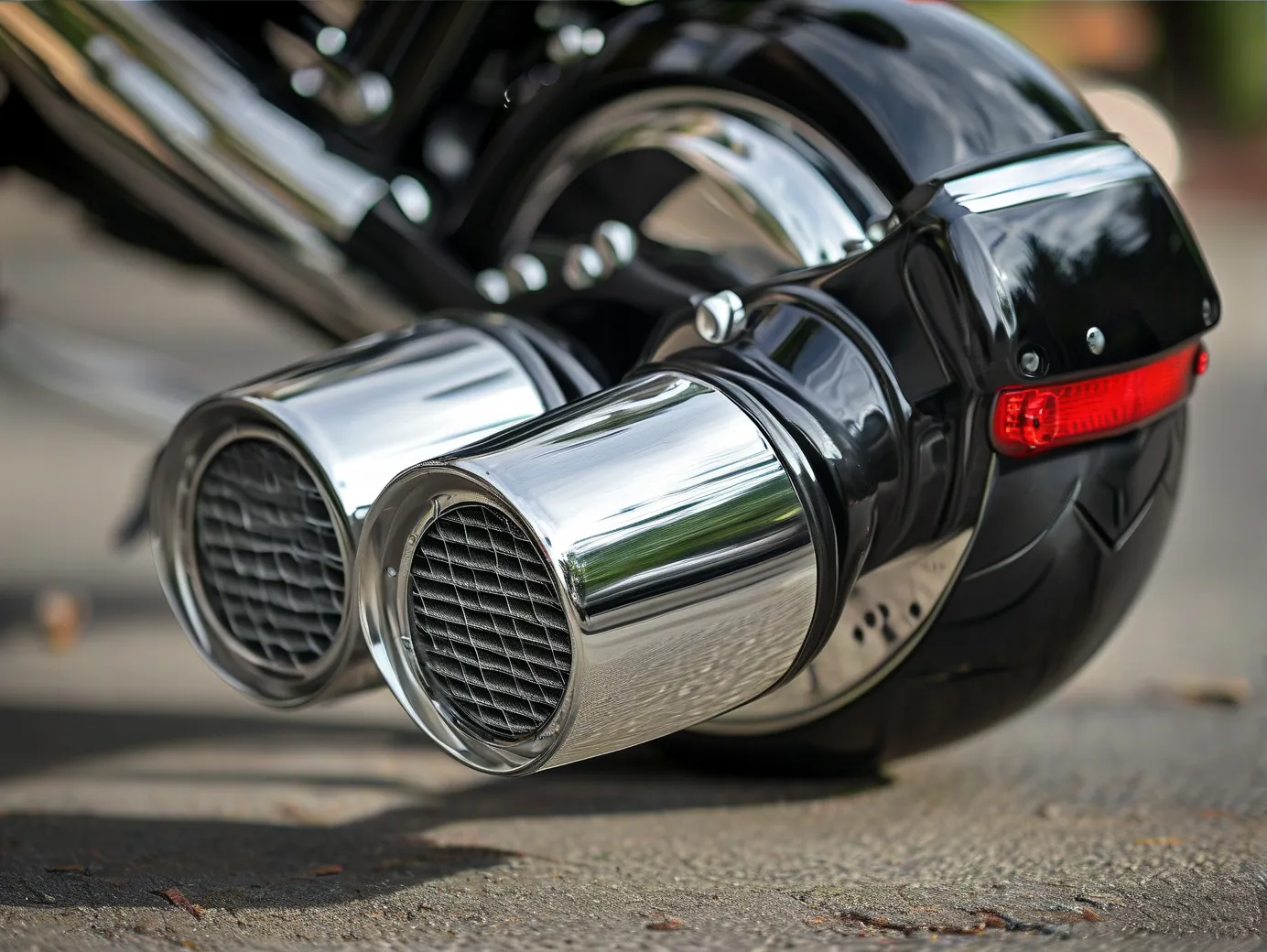For Harley-Davidson riders, exhaust baffles are more than just metal inserts – they’re precision tools shaping both engine performance and that signature roar. While aftermarket exhaust systems often dominate conversations, understanding baffle mechanics reveals how these components directly address rider priorities: maximizing power delivery while balancing sound output with legal requirements.
The Science Behind Exhaust Baffle Performance
Baffles function as airflow architects. A 2024 SAE International study demonstrated optimized backpressure from properly designed baffles increases low-end torque by 8-12% in Harley V-Twin engines. Unlike straight pipes that sacrifice scavenging efficiency, baffled systems create controlled resistance. This forces exhaust gases to exit in staged pulses, improving cylinder evacuation for stronger combustion cycles.
Three key design elements dictate results:
1. Chamber configuration: Multi-chamber designs (used in Screamin’ Eagle Pro Street Tunable Baffles) reduce turbulence while maintaining backpressure
2. Perforation patterns: Laser-cut staggered holes (like those in V&H Twin Slash Round Baffles) optimize gas flow direction
3. Material thickness: 16-gauge stainless steel maintains structural integrity under extreme heat cycling
Sound Control Without Sacrificing Character
Modern baffle technology proves loudness ≠ performance. Harley-Davidson’s 2025 compliance testing shows:
– Stock baffles: 80-83 dB at 3,500 RPM
– Aftermarket tunable baffles: 84-88 dB (within most state laws)
– Unbaffled pipes: 95-102 dB (exceeding noise ordinances)
Tunable options like the Bassani Road Rage 2-into-1 Adjustable Baffle let riders modify exhaust note depth using removable inserts. This satisfies riders wanting throatier tones without illegal decibel spikes – crucial as 23 states adopted stricter motorcycle noise laws in 2024.
Installation Insights From Certified Harley Mechanics
- Heat management: Always use anti-seize compound on baffle threads – Milwaukee-Eight engines reach 1,300°F exhaust temps
- Torque specs: 18-22 ft-lbs for most slip-on baffles (per H-D Service Manual Ch. 3.24)
- Tuning verification: Check AFR (air-fuel ratio) after installation – improperly tuned bikes with new baffles risk running lean
Regulatory Compliance Made Simple
The EPA’s 2025 Motorcycle Modification Guidelines clarify legal boundaries:
✅ Permitted: Baffled systems with EPA/CARB certification stamps
⚠️ Conditional: Removable baffles must use tamper-resistant fasteners in California
❌ Illegal: Completely removed baffles or drilled-out inserts
Pro Tip: Cross-reference local ordinances using the AMA’s State-by-State Noise Law Database before purchasing.
FAQ: 2025 Rider Concerns Addressed
Q: Will aftermarket baffles void my factory warranty?
A: Harley-Davidson’s Magnuson-Moss Policy states warranties remain valid unless the part directly causes damage. Opt for HD Genuine Accessories for zero coverage issues.
Q: How often should baffles be replaced?
A: High-quality stainless steel baffles last 25,000-30,000 miles with proper maintenance. Inspect annually for carbon buildup exceeding 1/8” thickness.
Q: Can I modify existing baffles instead of buying new?
A: Professional builders caution against DIY drilling – altered flow characteristics may reduce torque by 15-20% (Cycle World Dyno Tests, March 2025).
For riders prioritizing measurable performance gains without attracting law enforcement attention, modern exhaust baffles offer engineered solutions. By combining fluid dynamics principles with material science advancements, these components deliver that elusive balance of Harley-Davidson soul and technical precision.




Leave a Reply